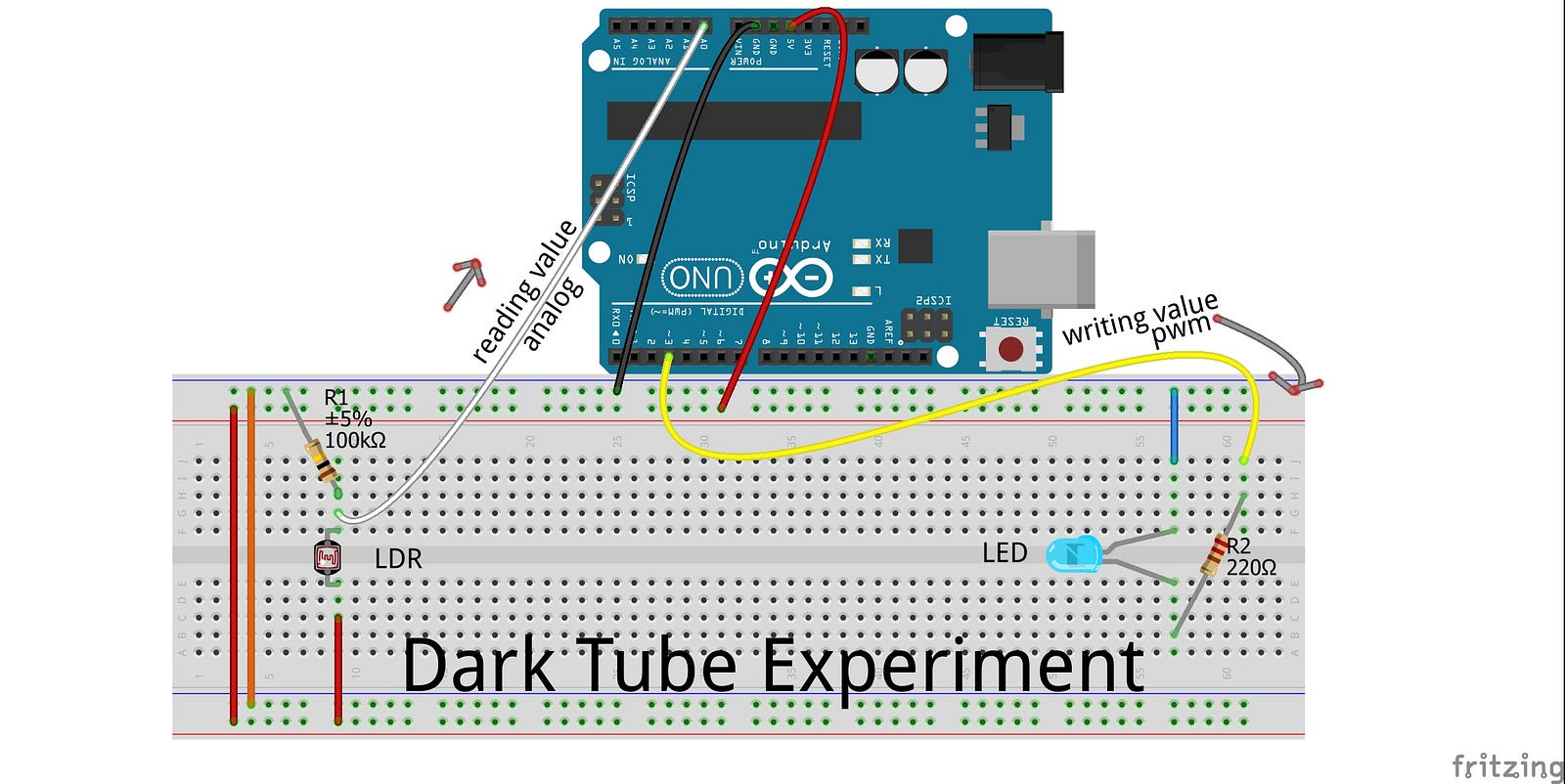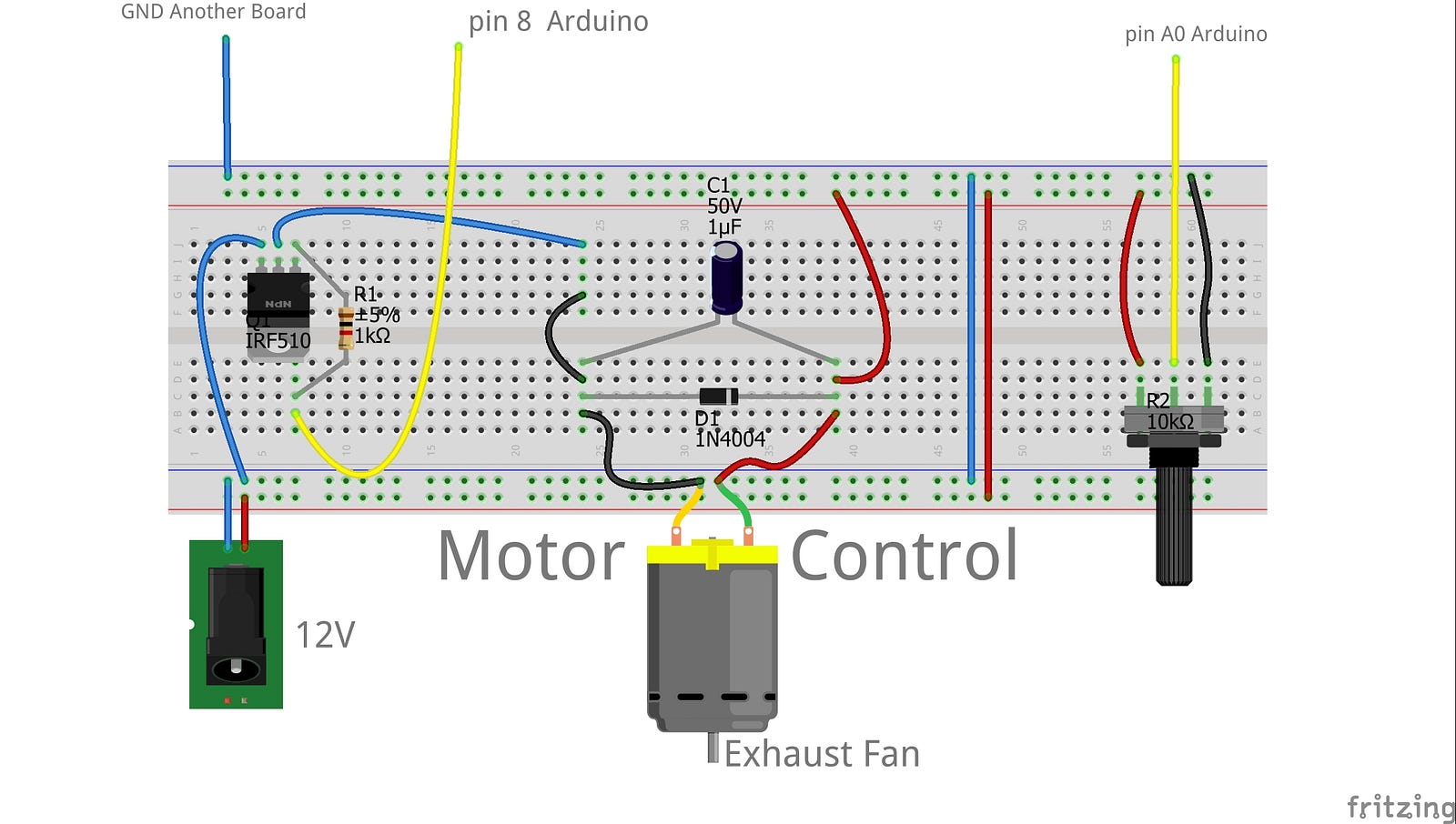Pid Regulyator Na Arduino
воскресенье 25 ноября admin 58
Pid Regulyator Na Arduino Rating: 3,6/5 7142 votes
How to uninstall TeamViewer? We are DMCA-compliant and gladly to work with you. If you think that app/game you own the copyrights is listed on our website and you want to remove it, please contact us. Teamviewer windows 2000 free download. Please find the DMCA / Removal Request below. How do I uninstall TeamViewer in Windows Vista / Windows 7 / Windows 8?
Dec 05, 2017 How to setup an PID library on an arduino link to code: https://create.arduino.cc/editor/LogMaker3c-8dff-48cd-93be-e8ed52c5a898/preview.
I wrote a small PID lib in C for my projects. It is based on Simulink's (MATLAB) discrete PID and have the following features: P, I and D gains, low-pass filter on derivative action (coefficient: N), upper and lower saturations, sampling time setting and resets for both the integrator and the derivative filter. Comments are in French, if you have troubles understanding the code let me know, I will translate them or explain further. You can find the transfer function of the regulator in the header file. It uses Backward Euler as an integrating method. If you want to recode it as an exercise, start from that TF PID.h.
Binary bits control range Period [ms] Freq. [Hz} 8 256 2133.33 0.46875 7 128 1066.67 0.9375 6 64 533.33 1.875 5 32 266.67 3.75 4 16 133.33 7.5 3 8 66.67 15 2 4 33.33 30 1 2 16.67 60 FIGURE 7. PWM switching frequency and resolution. Because the ATmega328P master clock operates at 16 MHz and the maximum TIMER2 divisor is 1024, the minimum PWM sampling frequency is ~30 Hz, yielding four levels of resolution control. However, if we further divide the ATmega328P master clock frequency by 8, then the PWM frequency is 3.75 Hz and five-bit (32 level) resolution is achieved. Considering many practical applications, a sampling rate of ~4 Hz with five-bit resolution was an acceptable trade-off. Implementing both TIMER2 pre-scalar 1024 divisor and master clock divisor 8 is required to reach a PWM frequency of 16 MHz/(1024*256*8*2) = 3.83 Hz.
The master clock was divided in software with the clock_prescale_set(clock_div_8); function which, of course, has a similar effect on the delay(); millis() instructions. Delay values must be divided proportionally. The Arduino standard PID_v1 library was also edited for the same reason and a modified PID_v1R library is included in the zip archive at the article link. Testing To debug and validate this design, an Arduino Nano and breadboard were used with two LEDs, an SSR, and a 60W incandescent light bulb ( Figure 8).

It was easy to see the LEDs flash at a slow rate (PWM cycle time) and the LED brightness change (PWM duty cycle). Arduino Nano test circuit. The definitive test was switching a 120V resistive load (60W light bulb). To my joy, flashing and variable intensity was observed. This was the extent of bench testing before deployment. Discussion This was a satisfying project because I learned a lot about PID and made a practical PID temperature control device. The Arduino IDE and libraries made programming and testing a breeze.
A few quick points: • Online cost of hardware is very cheap ($20) and can be assembled by almost anyone in just seconds. • ATmega328P microcontroller performance provides for both rapid sampling (4 Hz) and five-bit PWM SSR switching. Along with a wide temperature range (0-1024°C), this unit is ready for a variety of applications. • Keypad selection of temperature profiles enables the user to operate stand-alone at the remote process site.
